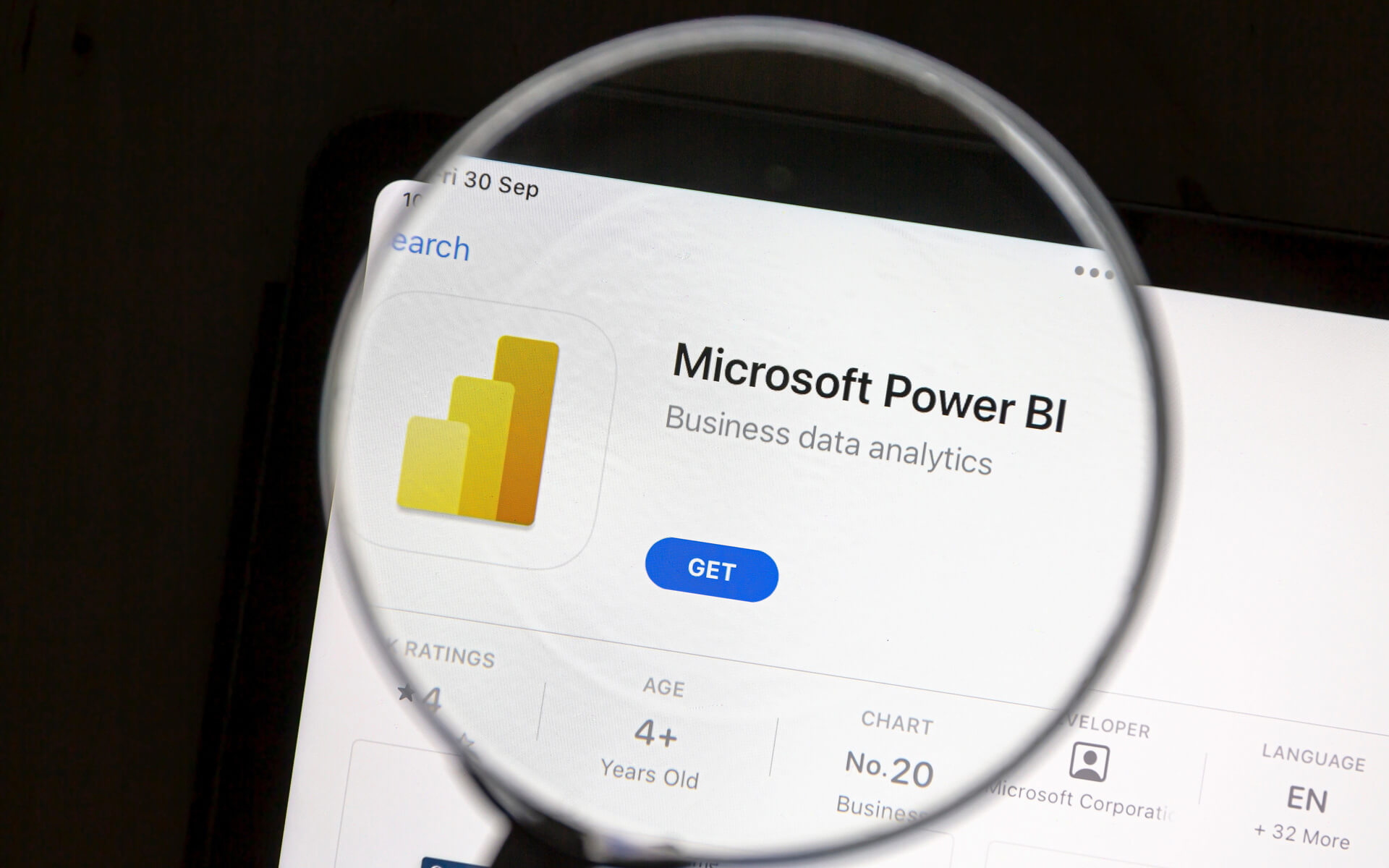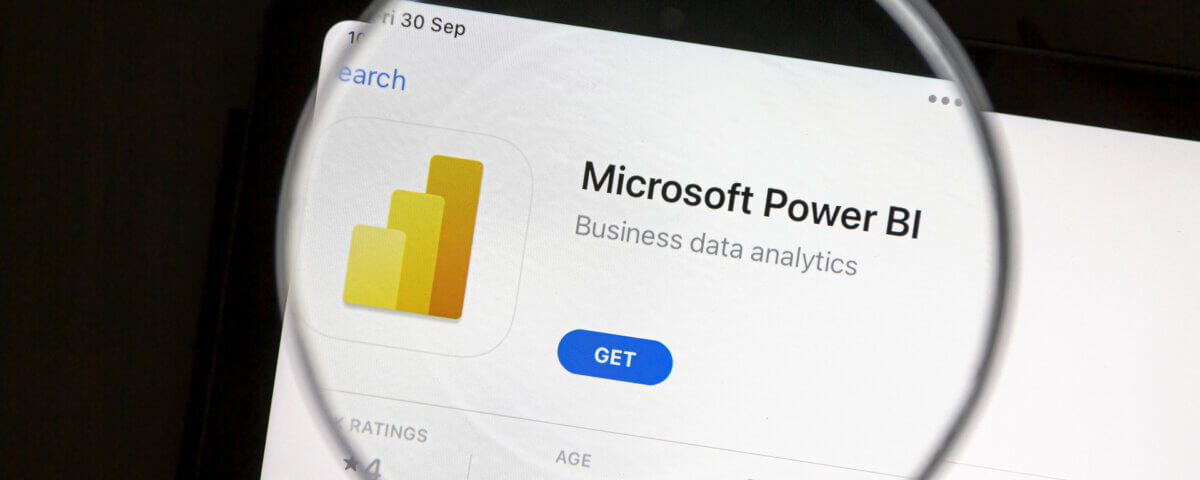
Branding Brilliance: Creating Memorable Designs That Stick
December 11, 2023
The Art Of Collaboration
January 22, 2024
In the dynamic realm of data analytics, the ability to seamlessly connect and analyze information from various sources is paramount. Power BI, Microsoft's powerful business intelligence tool, stands out in this arena, providing a robust framework for creating relationships between different tables. This pivotal feature enables users to unlock deeper insights, make informed decisions, and drive business success. In this blog post, we'll explore the significance of relationships in Power BI and how they empower users to harness the full potential of their data.
Understanding the Foundation: Tables in Power BI
Before delving into relationships, it's essential to grasp the foundation of Power BI – tables. Tables act as containers for data, representing information in a structured format. These tables may come from diverse sources, such as Excel spreadsheets, databases, or web services, each housing specific datasets related to the business context.
The Power of Relationships
The magic in Power BI happens when these tables connect and establish relationships. Relationships serve as bridges between tables, allowing users to combine and analyze data seamlessly. These connections are akin to the threads weaving together the fabric of insights, transforming disparate datasets into a cohesive and comprehensive narrative.
Types of Relationships
Power BI supports three types of relationships: one-to-one, one-to-many, and many-to-many. Each relationship type caters to different scenarios, providing flexibility in accommodating various data structures and business requirements.
- One-to-One Relationship: Ideal for situations where each record in one table corresponds to only one record in another table, and vice versa. This relationship type ensures a straightforward and direct connection between the tables.
- One-to-Many Relationship: The most common relationship type, where each record in one table can be associated with multiple records in another table. This facilitates the creation of hierarchies and allows for comprehensive analysis of related data.
- Many-to-Many Relationship: Suited for complex scenarios where each record in one table can have multiple associated records in another table, and vice versa. Many-to-many relationships involve the use of a bridge table to establish connections, offering a flexible solution for intricate data relationships.
Creating Relationships in Power BI
Power BI makes the process of creating relationships intuitive and user-friendly. Users can navigate to the "Relationships" view and visually establish connections by dragging and dropping fields between tables. The tool also provides the option to enforce referential integrity, ensuring the accuracy and consistency of data relationships.
Enhancing Data Analysis and Visualisation
Once relationships are established, users can unlock a myriad of possibilities in data analysis and visualization. For instance, they can create comprehensive reports that seamlessly integrate data from multiple tables, providing a holistic view of business metrics. Users can also leverage the power of DAX (Data Analysis Expressions) to create calculated columns and measures that draw upon data from related tables, enabling more nuanced and insightful analysis.
Conclusion
In the ever-evolving landscape of data analytics, Power BI stands as a beacon of innovation, and relationships between tables are its guiding force. By facilitating seamless connections between disparate datasets, Power BI empowers users to unearth hidden insights, make informed decisions, and ultimately drive business success. As organizations continue to navigate the data-driven era, harnessing the power of relationships in Power BI will be a key differentiator in staying ahead of the curve. So, connect the dots, bridge the gaps, and let the relationships in Power BI illuminate the path to data-driven excellence.







